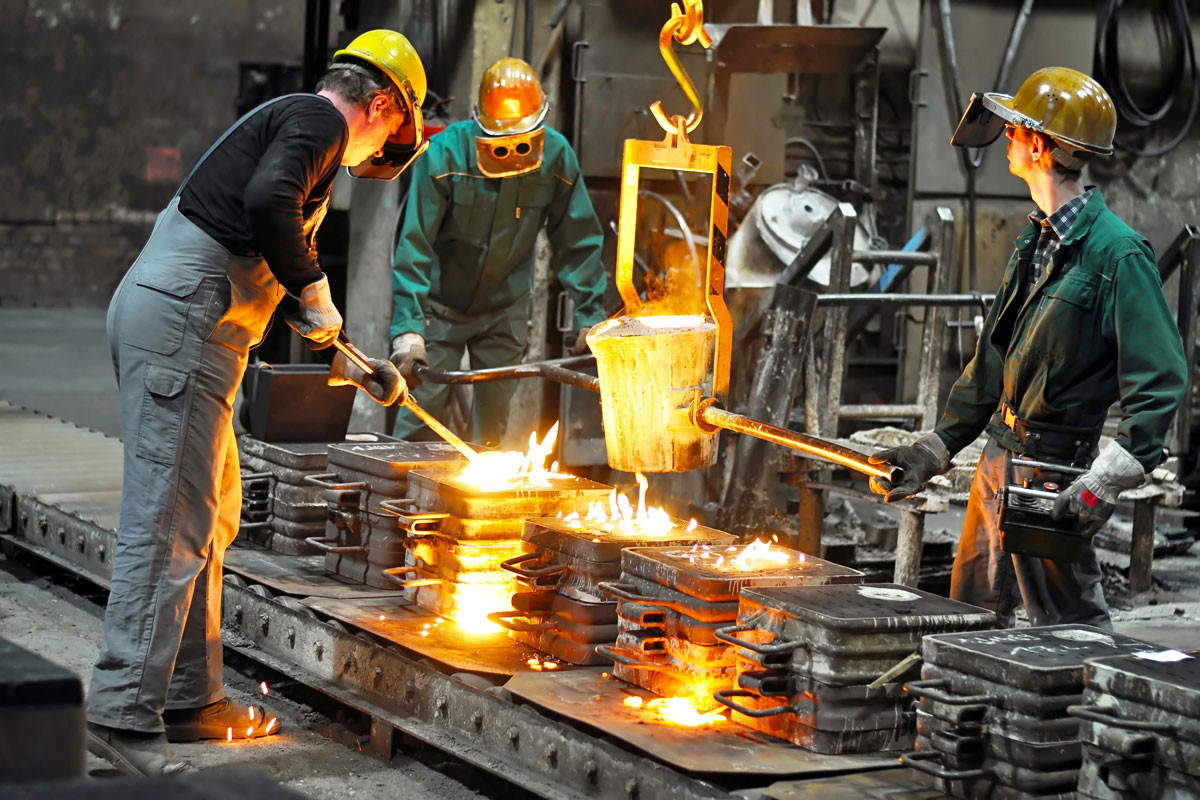The manufacturing sector in India slowed down a bit in April but growth stayed robust to signal the second-best improvement in the sector’s health in three and a half years, a survey by HSBC said.
The headline Purchasing Managers’ Index (PMI), released by HSBC, slipped to 58.8 in April from a 16-year high of 59.1 recorded in March.
Further, the survey said that the firms experienced a sharp upturn in new business intakes and scaled up production accordingly. With sales expected to remain positive, buying levels were raised, and input stocks were increased to one of the greatest extents seen in over 19 years of data collection.
“Cost pressures ticked higher, though they remained historically mild, pushing up charge inflation to the strongest since January.”
Indian manufacturers reported robust demand from Indian and foreign clients in April when total new orders rose sharply. The pace of expansion was the second strongest since 2021.
“Growth was spurred by healthy demand trends and successful marketing campaigns. Other sources of sales gains cited by firms were Asia, Australia, Europe, and the Americas. New export orders increased markedly in April, albeit at a softer rate than that seen for total sales, suggesting that the domestic market remained the main driver of growth,” the survey said.
Speaking on the development, Pranjul Bhandari, chief India economist at HSBC, said the April manufacturing PMI was the second fastest improvement in operating conditions that were bolstered by strong demand and resulted in a further expansion of output, albeit slightly slower than in March.
“Improvements in suppliers’ delivery times contributed to increased purchasing activity. Additionally, a positive outlook for the year ahead prompted firms to expand their staffing levels. On the price front, higher costs of raw materials and labour led to a modest uptick in input costs, but inflation remains below the historical average,” she said.
“However, firms passed these increases onto consumers through higher output charges, as demand remained resilient, resulting in improved margins.”
Manufacturing’s pace of job creation was moderate in April but the quickest since September 2023, as companies hired additional staff at the start of the first quarter of the financial year to fulfill demand.
The survey said the pressure on manufacturers’ operating capacity was mild as seen by a slight uptick in outstanding business volumes.











